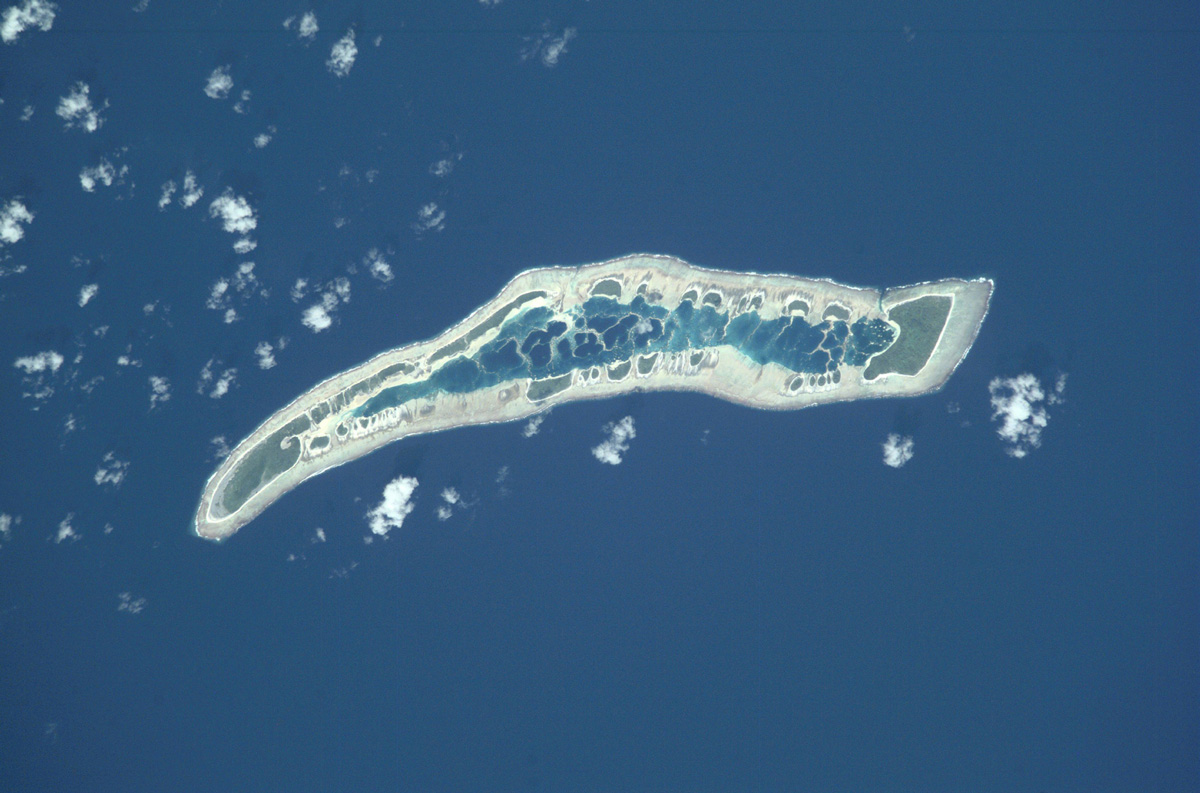The New Free State of Caroline
An island in the stream

According to artist Gregory Green’s account, the history of the New Free State of Caroline began in 1997 when he sent a letter to the United Nations and the World Court staking a claim on a small uninhabited island 500 miles south of Tahiti. Joining Japan, Australia, the US, and Kiribati in claiming this island only thirteen miles in perimeter, Green wanted the territory to be a haven for individuals whose beliefs are at odds with those of their current homelands. Utopian anarchist structures of government inspired by Californian feminist and anti-nuclear groups were to form the political basis of the New Free State of Caroline, and any eventual realization of the state would see Green take his place as one citizen among many.
His letter to the World Court received no response, though the United Nations wrote to advise him that it was in receipt of his claim. Two years later, in 1999, Kiribati was given sovereignty over the disputed island after archaeologists discovered Polynesian fire pits predating any of the other claimants’ contact with the island, thus taking precedence over all claims not emanating from Polynesian states. The United Nations never notified Green that the case had been settled.
Green has not, however, ended his quest for a small piece of unclaimed land on which the New Free State of Caroline and its prospective nationals—some 3,000 people around the world have applied for citizenship—could find a home. He is now filing a claim on an island whose precise location he will not reveal until his claim has been processed. He will disclose, however, that it lies 100 miles off Antarctica and that other claimants include Australia and the United States. Despite its inauspicious location, the serendipitous trajectory of the Gulf Stream provides the island with weather similar to San Francisco’s, a meteorological coincidence that bodes well for the utopian anarchist models of government that Green will advocate if his claim is accepted.